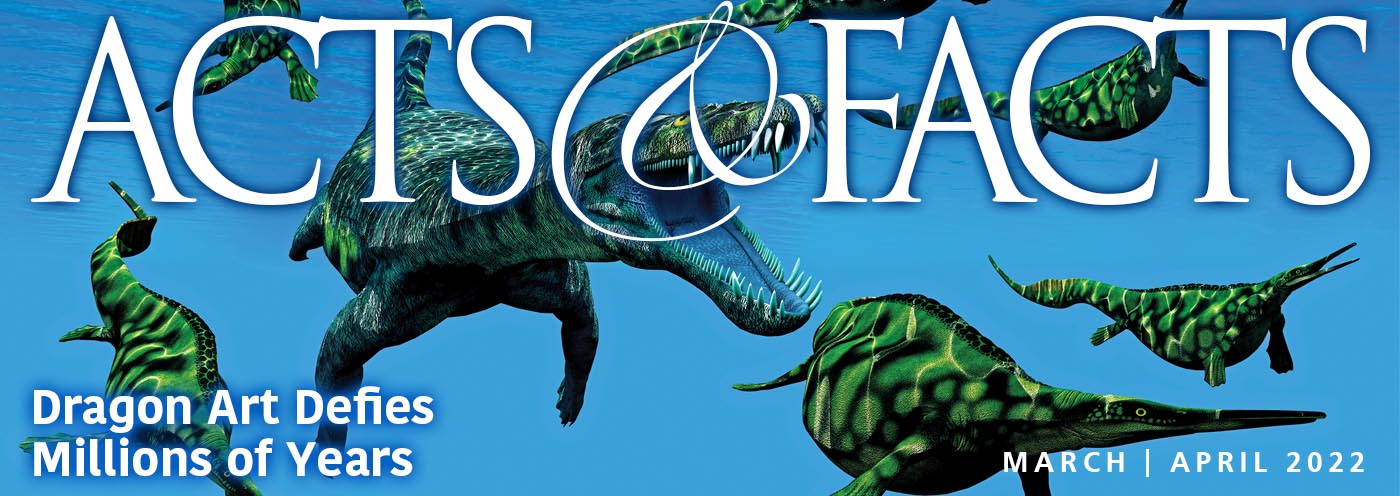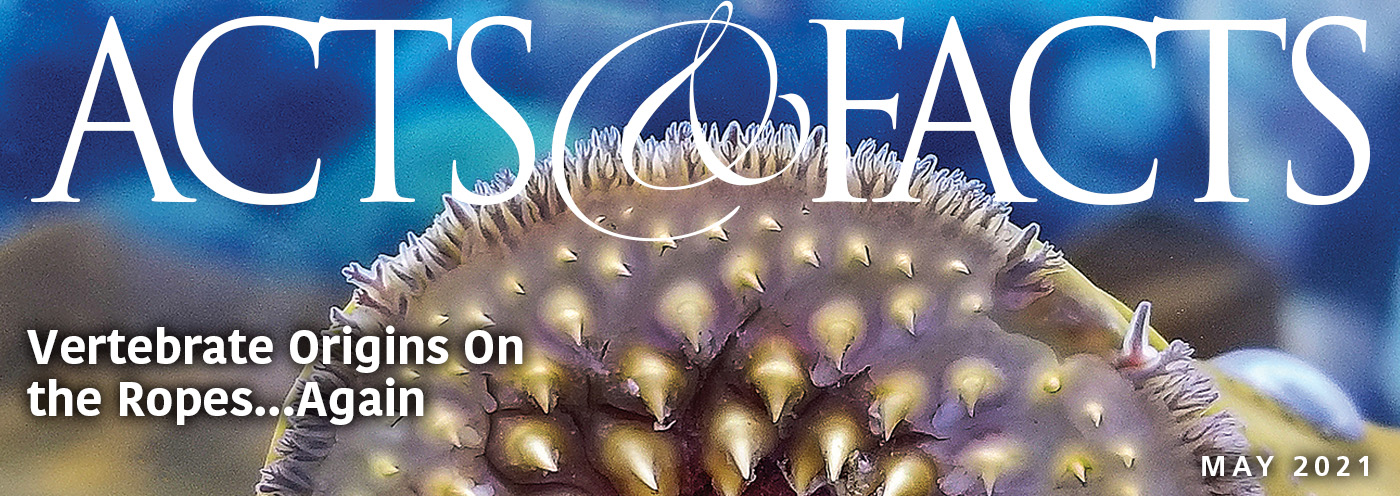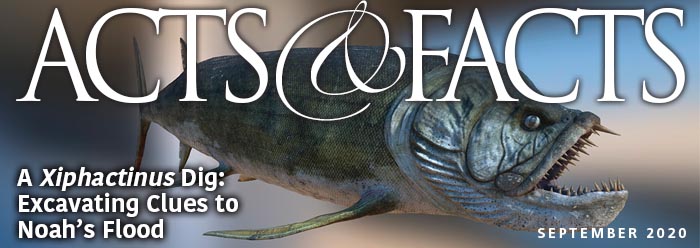The porcupine is an animal (rodent) that one does not soon forget. It is armed with formidable quills that deter even the hungriest predators. What was their origin? Evolutionists do not know.
Barbiere and Marivaux stated in their 2015 paper that, “The phylogenetic origin and evolutionary history of the Hystricidae [Old World porcupines] is still a matter of debate.”1 Vertebrate paleontologist Benton stated, “The early porcupine, Sivacanthion from the mid-Miocene, is unusual in that it occurs outside Africa and Pakistan,”2 and “the origin of South American rodents [e.g. porcupines] has been disputed, and they might have migrated in from Africa or from North America.”3
Evolutionists Futuyma and Kirkpatrick seem to be sure of this transoceanic journey, stating in their Evolution text, “A group of South American rodents that includes porcupines and chinchillas stems from a species that arrived by transoceanic dispersal from Africa in the Miocene...”4
Researchers wrote in Current Biology about the recent discovery of “...the extinct Erethizon poyeri, the oldest nearly complete porcupine skeleton documented from North America, found in the early Pleistocene of Florida.”5 It was a 100% porcupine.
Phys.org reported zoologists at the Florida Museum of Natural History as saying, “DNA evidence suggests North America's sole porcupine belongs to a group that originated 10 million years ago, but fossils seem to tell a different story. Some paleontologists think they may have evolved just 2.5 million years ago, at the beginning of the ice ages.”6 This is just one more example where the assumptions of deep evolutionary time is used to filter molecular evidence, and the assumptions of deep evolutionary time is used to filter the fossil evidence, and they do not agree.7
The creation model of continuous environmental tracking (CET)8 occurs within the porcupine kind via, for example, adaptions from higher-latitude temperate forests to life in the treetops.
Science and health reporter Aristos Georgiou of Newsweek describes adaptation of the porcupine kind that can move in and fill these niches.
Today, Coendou porcupines live in the tropical forests of Central and South America. They feature several characteristics that have enabled this group to adapt to life in the treetops. These traits include a relatively small body size, long fingers capped with sickle-shaped claws for gripping branches, and long, prehensile tails capable of grasping, which can be used for climbing and reaching for fruit.
North American porcupines, meanwhile, are adapted to temperate forests. They have larger bodies, shorter tails and a different jaw shape—the latter adaptation enabling them to eat tree bark when food is scarce during cold winters.9
With these design features built into the genome of the porcupine kind at creation, they are able to fill tropical or temperate forests after the Flood. Indeed, the porcupine is a good example of how
CET may fundamentally change how we perceive organisms; from passive modeling clay shaped over time by the vicissitudes of nature, to active, problem-solving creatures that continuously track environmental changes to better fit existing niches or fill new ones.8
But some would maintain phenotypic change between the New World porcupines (Erethizontinae) and those of Central and South America (Coendou) would have taken more time than the Bible’s thousands of years allows. Such critics need only look at the varieties of Canadian stickleback fish, finches on the Galapagos Islands, or cichlid fishes of Lakes Nabugabo or Tanganyika in Africa to find evidence of rapid, built-in variation.
This is variation of the created kind that we read about in Genesis 1.
References
- Barbiere, F. and L. Marivaux. 2015. Phylogeny and evolutionary history of hystricognathous rodents from the Old World during the Tertiary: new insights into the emergence of modern “phiomorph” families. In Evolution of the Rodents: Advances in Phylogeny, Functional Morphology, and Development, vol. 5. P. Cox and L. Hautier, eds. Cambridge, UK: Cambridge University Press, 102.
- Benton, M. 2015. Vertebrate Paleontology. Hoboken, NJ: Wiley Blackwell, 386.
- Benton, 387.
- Futuyma, D. and M. Kirkpatrick. 2017. Evolution. Sunderland, MA: Sinauer Associates, 479.
- Vitek, N. et al. An extinct north American porcupine with a South American tail. Current Biology. Posted on cell.com May 27, 2024, accessed June 1, 2024.
- Florida fossil porcupine solves a prickly dilemma 10 million years in the making. Florida Museum of Natural History. Posted on phys.org May 28, 2024, accessed June 1, 2024.
- Tomkins, J. Evolutionary Clock Futility. 2017. Acts & Facts. 46 (3): 16.
- Guliuzza, R. and P. Gaskill. 2018. Continuous Environmental Tracking: An Engineering Framework to Understand Adaptation and Diversification. Proceedings of the International Conference on Creationism. 8: 158–184, article 11.
- Georgiou, A. ‘Rare’ Florida Fossil Find Resolves Evolutionary Mystery. Newsweek. Posted on newsweek.com May 29, 2024, accessed June 2, 2024.
* Dr. Sherwin is a science news writer at the Institute for Creation Research. He earned an M.A. in invertebrate zoology from the University of Northern Colorado and received an honorary doctorate of science from Pensacola Christian College.
















